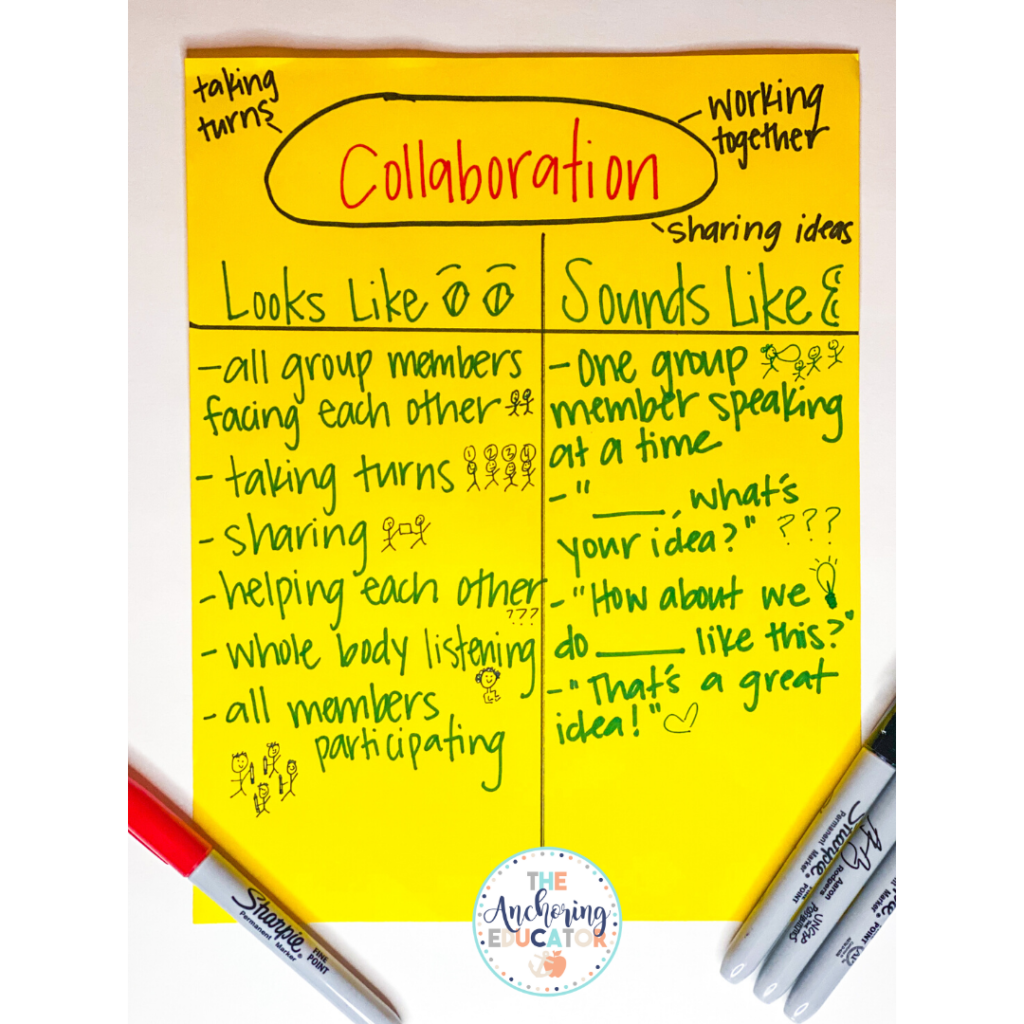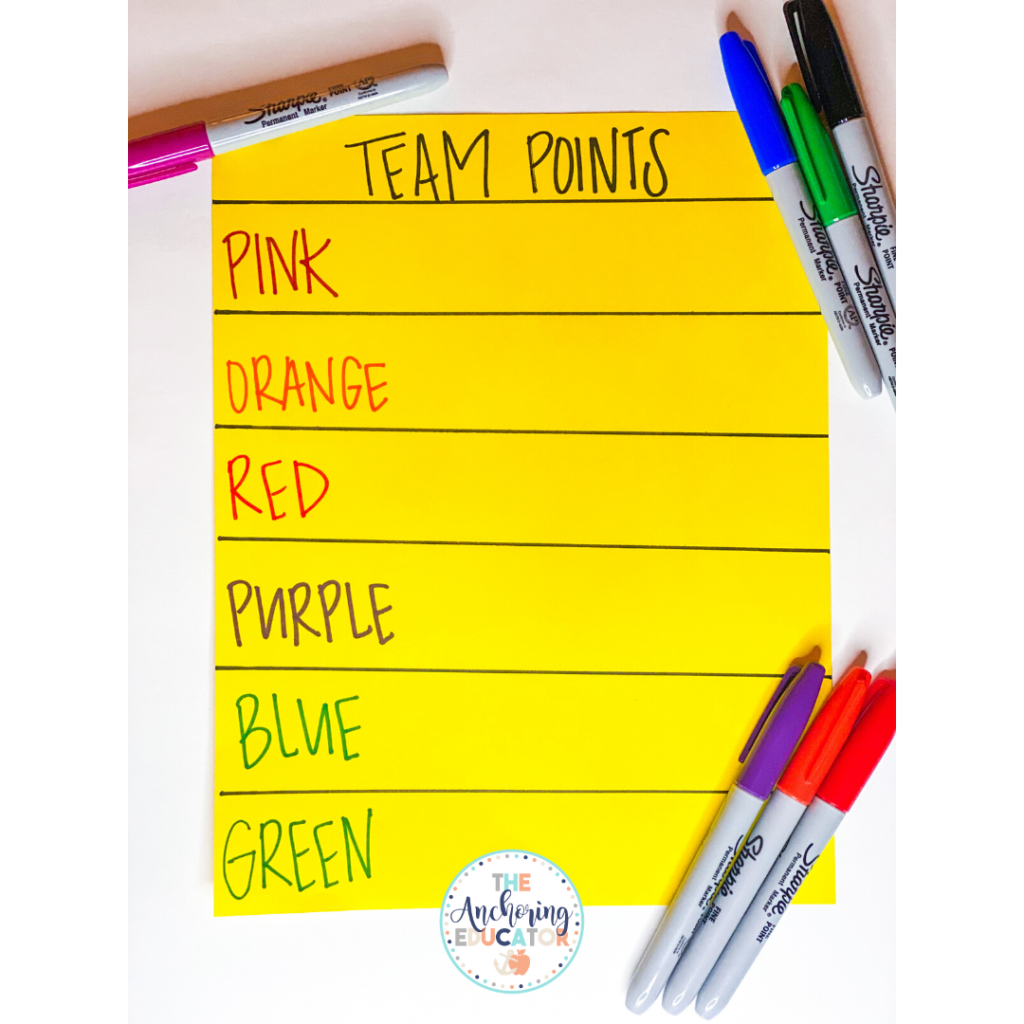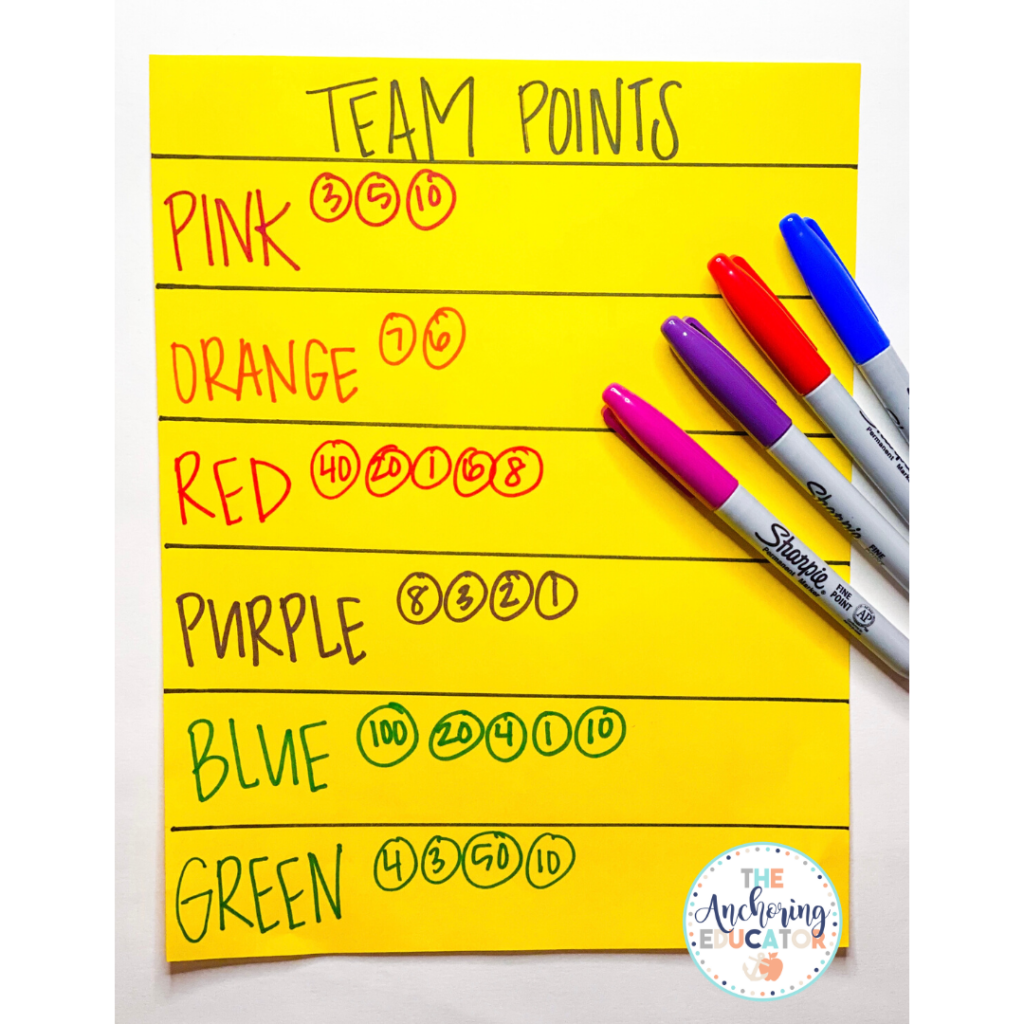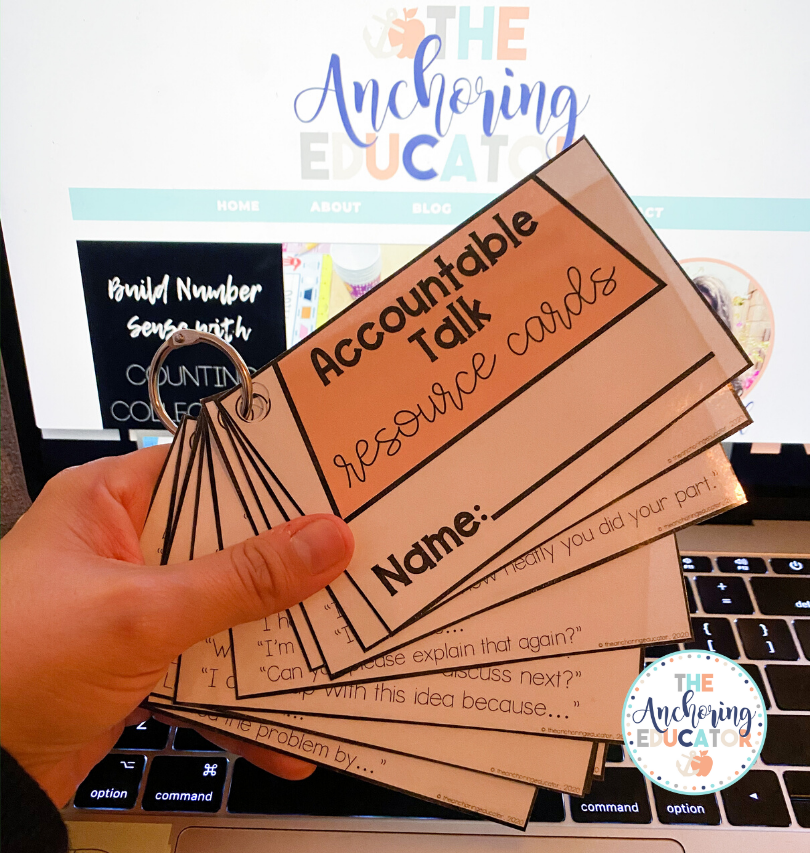How do we launch collaborative groups in the classroom that are EFFECTIVE? When students engage in collaborative group work that is structured, their understanding of the content deepens and misconceptions are clarified. We want this for our students, but how do we ensure that all students are accountable?
For years in the classroom, I would put my students in groups because I wanted them to “collaborate” and learn from each other. It looked and sounded kind of like this… one student would do all the talking, one wouldn’t say a word, one would stare at the wall and another would be looking at the speaker, but actually thinking about a hot fudge sundae. If they were all talking, it was about their new toy or the fact that it was their auntie’s friend’s daughter’s cousin’s birthday…. thanks for sharing? So how do we solve the problem of one student doing too much and another doing too little? The answer: Create positive habits of interdependence.
Creating Positive Habits of Interdependence
Creating positive habits of interdependence encourages students who are performing above grade level to trust, lean on and depend on others. At the same time, positive habits of interdependence empower students who have developed learned helplessness in knowing that they are crucial to the success of their group, that their ideas and thoughts are important and welcome and that they CAN do it. I drive home the fact that they each need the support of each other to complete the task. Each student truly believes that their contribution is valuable. This takes time and patience. If you trust the process and coach your students through difficult times, you will observe students who not only invite the opinions of others into a conversation, but who are ready to support their teammates at any given time.
Setting Expectations for Collaborative Groups
You need clear and consistent expectations. I’ll say it again. You need clear and consistent expectations. Begin with a BeGLAD T-Chart on collaboration. The photo below is an example of what your chart may end up looking like, however, it needs to be done with the students, and as we know, each class has unique needs.
Steps to Creating a T-Chart on Collaboration:
- Use a bright piece of butcher paper for your chart. Think yellow, orange, lime green.
- I like to pencil in the word collaboration, the T, the headings (looks like/sounds like) and some of the expectations that I know my class needs so I don’t forget. Otherwise, the chart is blank when you begin with your class.
- Brainstorm the meaning of collaboration as a class. Give students a chance to share out what they think it means. Only record accurate ideas on the top of chart.
- Complete the left side of the T-Chart. What will collaboration look like?
- Complete the right side of the T-Chart. What will collaboration sound like?
- This is a living document. Leave some space on the bottom of each column so students can add to the chart as different things come up.
- Don’t forget to add sketches next to the expectations to make it comprehensible for all students.

Structuring Collaborative Groups
Groups, or teams, consist of 3-4 students who have various strengths. This means that the groups should be heterogeneous, or mixed levels. These students support each other in various aspects. For example, if one student gets stuck while sharing out an idea to the class, they look to their team for support. Their team does not take over, but simply supports them in expressing what needs to be expressed. It’s a beautiful thing when you see how quickly their teammates step up.
Team Colors
Assign each team a color. The students write their team color on the top of the team colors template. Then, each student writes their name in a specific color. This color will serve as their color for the entire duration of these collaborative groups. This is a great way to ensure that each student is contributing when working on on a shared poster or graphic organizer. A shared poster or graphic organizer encourages students to speak to each other rather than each student having their own paper, which promotes independence. The students stay in the same groups for an entire unit of study.

Click here for this free Team Task Key Template.
Team Points
Students do not earn team points until the debrief. During the debrief, ask each team, “Did your team/group show collaboration?” The students are expected to use the T-Chart to prove how their team collaborated. For example, “We showed collaboration because Jenny wasn’t participating and Juan said, “What do you think, Jenny?” The students then decide how many points they earned. The points are not tied to any prizes. Trust me, the students are okay with it and actually quite thoughtful about the amount of points they say they earned. If this sounds unbelievable to you and you’d like to tie the team points to a prize or allot a certain amount of points per expectation followed, go for it. If students struggled with collaborating, ask the team to choose one of the expectations on the T-Chart to set as their goal for next time. For example, “Our goal is to each take turns sharing our ideas before making a decision.”



Right: During the debrief, teams earn points when they share how their group collaborated. Award points only after students have “proved” collaboration.
Team Rules
- Everyone participates
- Everyone writes- your teammate is absent? Save them something to do
- Each person uses their assigned color at all times- no trading, not even for a million dollars
- No upside down reading or writing
- Finished early? Complete fast finisher task
Supporting Students with Collaborative Language
Academic language needs to be explicitly taught. Students need to be taught when and how to use academic language. This is something that can be done in a series of mini-lessons. This is extremely helpful for all students, especially students who struggle with how to express their ideas. Launching collaborative groups also may bring about tension, as students do not yet know how to respectfully express their ideas and listen to the ideas of others. Check out this resource to help you get started on supporting students in collaborating respectfully.

Ideas for Launching Collaborative Groups
When launching collaborative groups, make sure you are giving students a task that is not cognitively demanding. Students need to first learn how the process works. It may take a couple of weeks before students are successfully collaborating on highly cognitive academic topics. Once they have the expectations down, then you can introduce a task that is more cognitively demanding. One idea is giving them a photograph and asking them to write their observations, questions, predictions and/or connections. Another idea is having students solve a word problem and write out the steps they took to solve it. Whatever you decide, it needs to be something that is familiar to your students.
Management Strategy: Distinct Start/Stop Signal
Introduce a clear start and stop signal for students. Do not talk over your students. Click here to read my post on how to set clear expectations so students know when to start collaborating and when to stop and come together. If consistent with these strategies, you may also find yourself incorporating more high-level vocabulary into your classroom and giving directions one time, as opposed to 100 ;-).
This classroom management strategy incorporates high-level vocabulary and gives students a clear start and stop signal when launching collaborative groups. It will limit repeating directions to each group or speaking over their discussions to get their attention.
I hope this is helpful in getting you started with structured, collaborative groups that support a true community of learners who thrive on academic discussions. In addition, if you aren’t trained in BeGLAD strategies, I highly recommend it. They give you strategies that MAKE collaboration on academic topics HAPPEN in the classroom! If you have any questions at all, please feel free to leave them in the comments below and I will do my best to support you!
